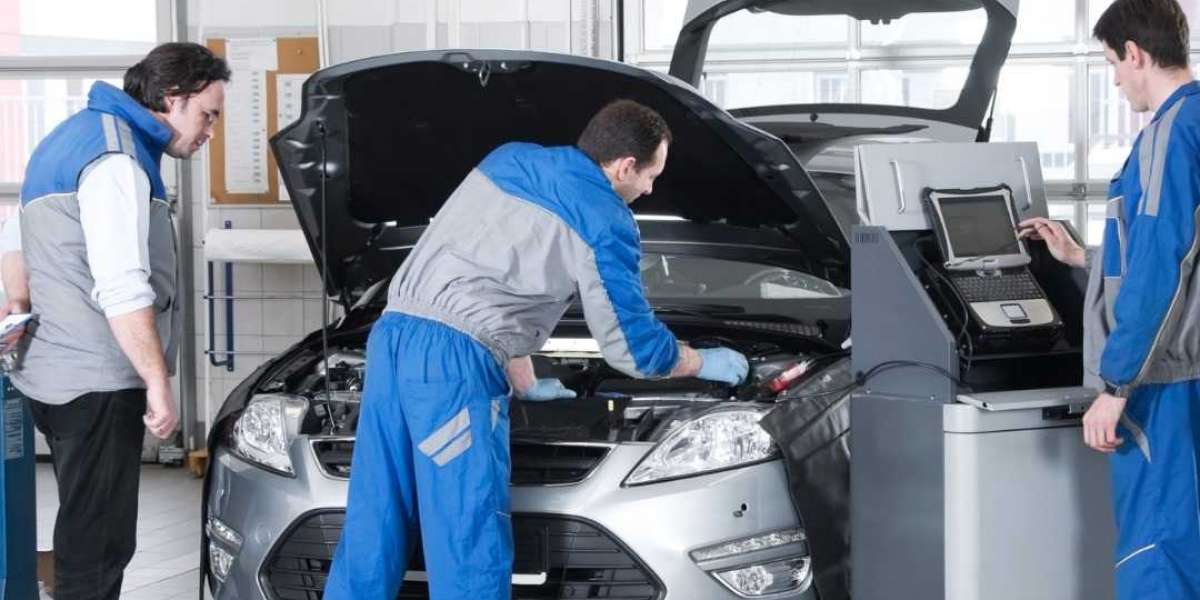The front bumper of your car is perhaps the most visible part of your vehicle. Beyond providing aesthetic value, the frontend also protects your vehicle from impacts and scrap from minor collisions. However, over time, the bumper might depreciate in its original presentation as it gets scratches, fades, or chips. This is where Front Bumper Paint steps in.
Whether you’re looking to restore your car’s original shine or give it a custom look, understanding the ins and outs of front bumper paint is essential. This guide will cover everything from choosing the right paint to application techniques and maintenance tips.
Why Is Front Bumper Paint Important?
Aesthetic Appeal:
A freshly painted bumper can drastically improve the appearance of your car, making it look new and well-maintained.
Protection Against Corrosion:
Paint prevents moisture and road salts from penetrating into the bumper material, specially for the metal parts.
Resale Value:
A maintained bumper boosts the value of your car, which may attract more customers for its sale.
Custom Look:
Painting your front bumper can really give you the chance to personalize the look of your car, giving it that uniqueness.
Types of Front Bumper Paint
The right type of paint will determine durability and that professional finish. Here are the common types:
Acrylic Enamel:
Easy to apply.
It offers a glossy finish.
Use for minor touch-ups.
Urethane Paint:
This paint is extremely durable and resistant to chips.
It is used more often for professional-grade applications.
Spray Paint:
This is very convenient for DIY projects.
Available in many colors and types of finishes.
Plastic-Specific Paint:
Use for bumpers molded from plastic or composite materials.
Better adhesion which prevents peeling off.
How to Paint a Front Bumper
Painting your front bumper can be a DIY project if carefully done. Here's a step-by-step guide:
- Gather Materials
Primer
Front bumper paint-color-matched to your car
Clear coat
Masking tape and paper
Degreaser or rubbing alcohol
Paint sprayer or spray cans
2. Preparation
Clean the Surface: Wash the bumper thoroughly to remove dirt and grease.
Mask Surrounding Areas: Tape with masking tape and paper as necessary to prevent overspray from reaching other areas of the car.
3. Apply Primer
Apply two thin, even coats of plastic-friendly primer.
Allow the primer to be completely dry before proceeding.
4. Paint the Bumper
Shake up the paint can or sprayer well for an even distribution of the paint.
Paint in thin, even layers to avoid drips.
Allow one layer to dry before applying the next.
5. Add a Clear Coat
Wait for the paint to dry. Apply a clear coat in order to seal and protect your newly painted job
Let the clear coat cure for at least 24 hours
Matching Your Paint's Color
To blend with the original color of your car, matching is important. The paint code can be located the following places:
Inside the door frame of the driver's side.
On the vehicle ID plate under the hood.
In the manual of your car.
Common Mistakes to AvoidSkipping the Primer: This may cause poor adhesion and peel of paint.
Rushing the Process: Allow enough drying time for coats.
Ignoring Color Matching: Mismatched paints can ruin the look of your car.
Painting in Bad Conditions: Always avoid painting when it's in extreme temperatures or windy condition.
Cost of Painting a Front Bumper
Painting the front bumper is quite expensive, and the prices become very wide if you decide to get a DIY kit or professional services:
Maintenance Tips for a Painted Bumper
Prevent Harsh Chemicals: Wash off with mild car wash soap.
Apply Wax Frequently: Place car wax to protect against UV rays and fading.
Repair Chips Right Away: Address tiny chips to avoid further damage.



